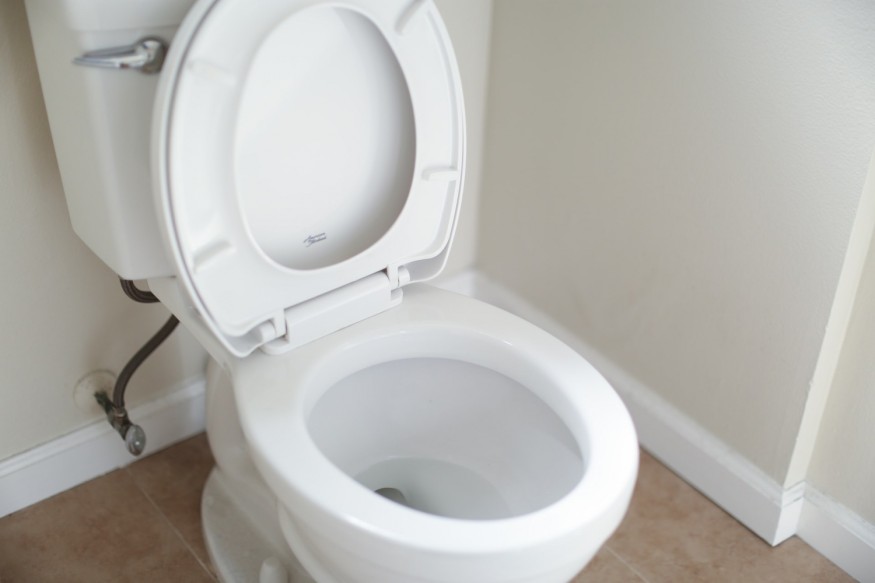Public washrooms should not be a place people would spend a lot of time to linger especially after flushing the toilet, COVID-19 transmission research suggests.
According to the study published on AIP entitled "Aerosol generation in public restrooms" by researchers from the Florida Atlantic University's College of Engineering and Computer Science, smaller amounts of microbe-containing aerosol droplets were spotted in the air after the toilet was flushed with a closed lid, suggesting that the droplets could escape through the small gaps between the toilet cover and seat.
The researchers took a series of tests probing the transmission of these microbe-bearing droplets that are generated from flushing a toilet or urinal in a public restroom.
Aerosol Droplets Shoot Up to Five Feet After Flushing
They used a particle counter to gauge the size and number of generated droplets upon flushing and discovered that the droplets propelled at heights of up to five feet (1.5 meters) or 20 seconds longer after flushing, according to a Medical Life Sciences report.
The study involved three hours of tests and more than 100 flushes, and the researchers discovered a significant increase in measured aerosol levels that was spread in the air with the total number of droplets released ranging to the tens of thousands.

The toilet and urinal generated great amounts of droplets that were smaller than three micrometers in size, which poses a significant transmission risk should they carry infectious microorganisms. Because of their small size, the droplets can stay suspended for long durations.
While COVID-19 is known to be transmitted through Flugge respiratory droplets that are produced when an infected individual breathes, coughs or sneezes, the study revealed that alternative modes of transmission, such as flushing of toilets, could be possible due to the small numbers of viruses found in urine and stool samples.
Public Restrooms, Hotbeds for Virus Transmission
Past studies and a number of wastewater monitoring programs have discovered SARS-Cov-2, the coronavirus that causes COVID-19, in wastewater. As such, toilet flushing can allow the spread of large amounts of microbe-containing aerosols, depending on the toilet's water pressure, design, and flushing power.
Adding a heavy volume of foot traffic, constricted spaces, and the lack of ventilation, researchers said public restrooms are a "hotbed" for virus transmission as reported by CTV News.
Accumulation of flush-generated aerosol droplets over time would mean an ineffective ventilation system that could have eliminated them from the confined space even though no noticeable lack of airflow in the restroom, the researchers said.
These aerosols could rise up with updrafts that are created by the ventilation system or people milling around the restroom, they added.
In the study, the urinal and toilet were manually flushed five separate times at the 30-, 90-, 150-, 210- and 270-second mark, as the researchers held the flushing handle down for five seconds at a time. Before the experiments, the restroom was thoroughly cleaned and closed for 24 hours.
The researchers, however, did not study aerosol droplets discovered in the restroom. As such, it was not established if they found COVID-19 droplets in the study.
Confirming the Previous Study on Virus Transmission in Public Toilets
A previous study, "Can a toilet promote virus transmission? From a fluid dynamics perspective," also published by AIP, discovered that aerosol droplets can be released from the toilet bowl at a speed of five meters per second. And, after flushing, the droplets that escaped remained suspended and continue to spread in the air.
This research also revealed that as the toilet is used frequently, the speed or velocity of the spreading aerosols will be higher. This happens, the study said, when a family frequently uses the toilet during busy times or when people use the public restroom in a highly-populated area.
RELATED ARTICLE : COVID-19 Transmission Linked to Triangular-Shaped Spikes Found on Virus
Check out news and information on COVID-19 Transmission on Science Times.











